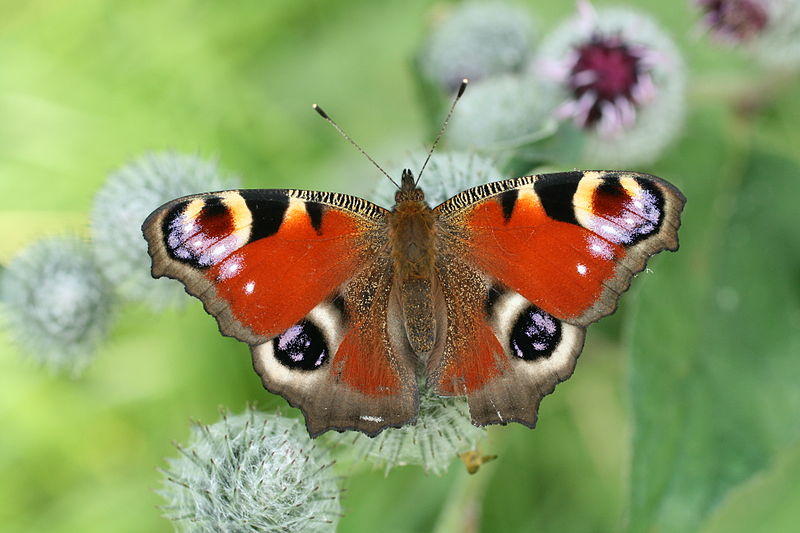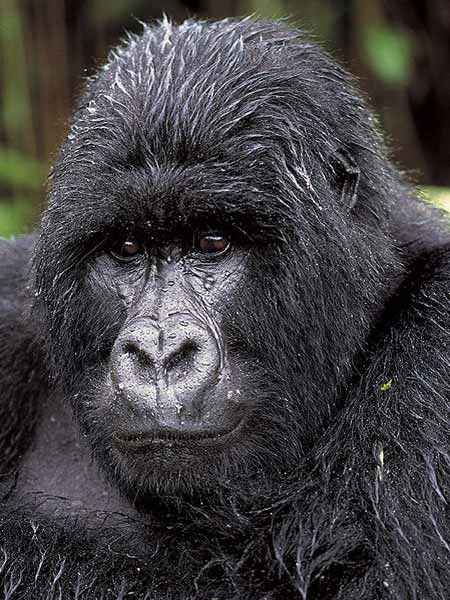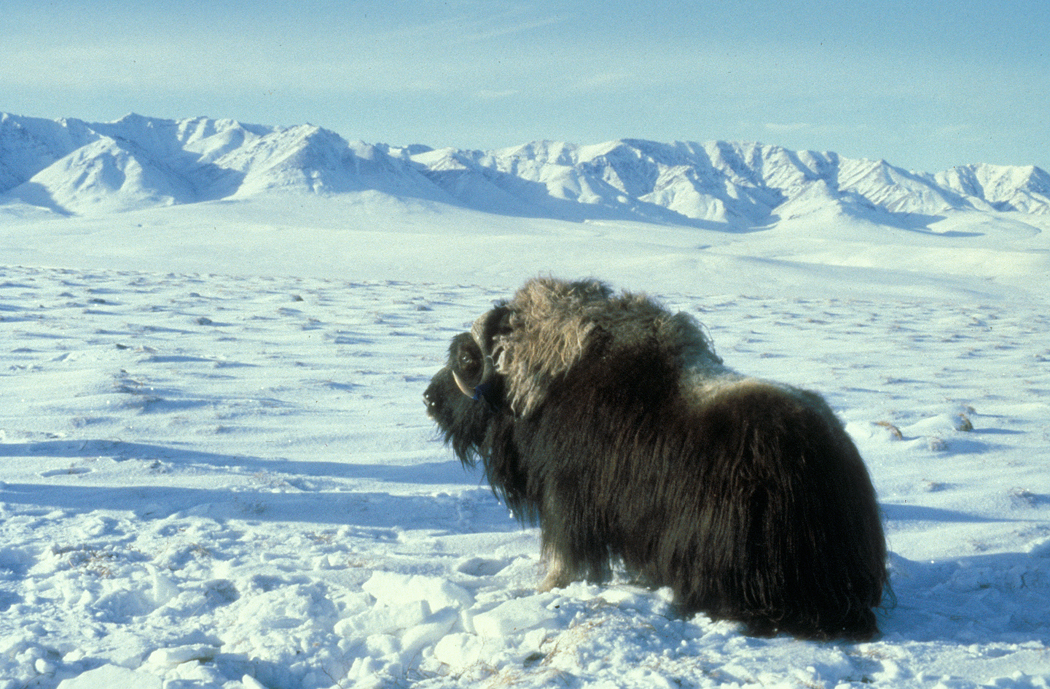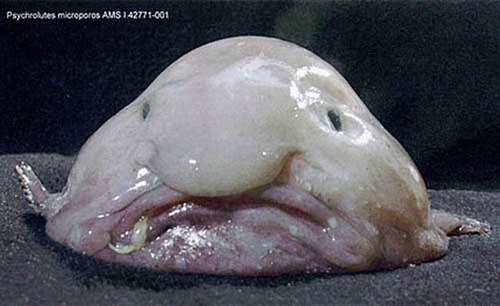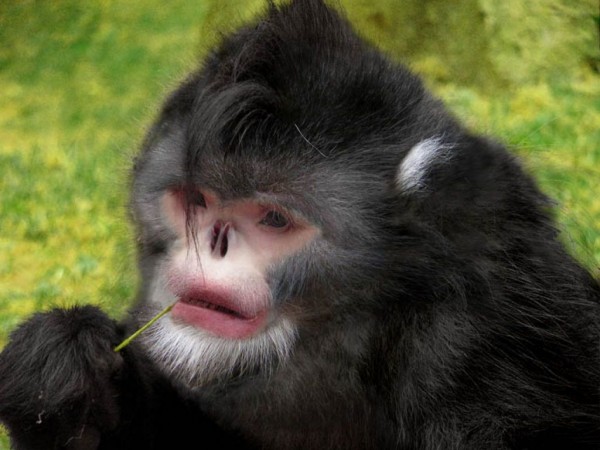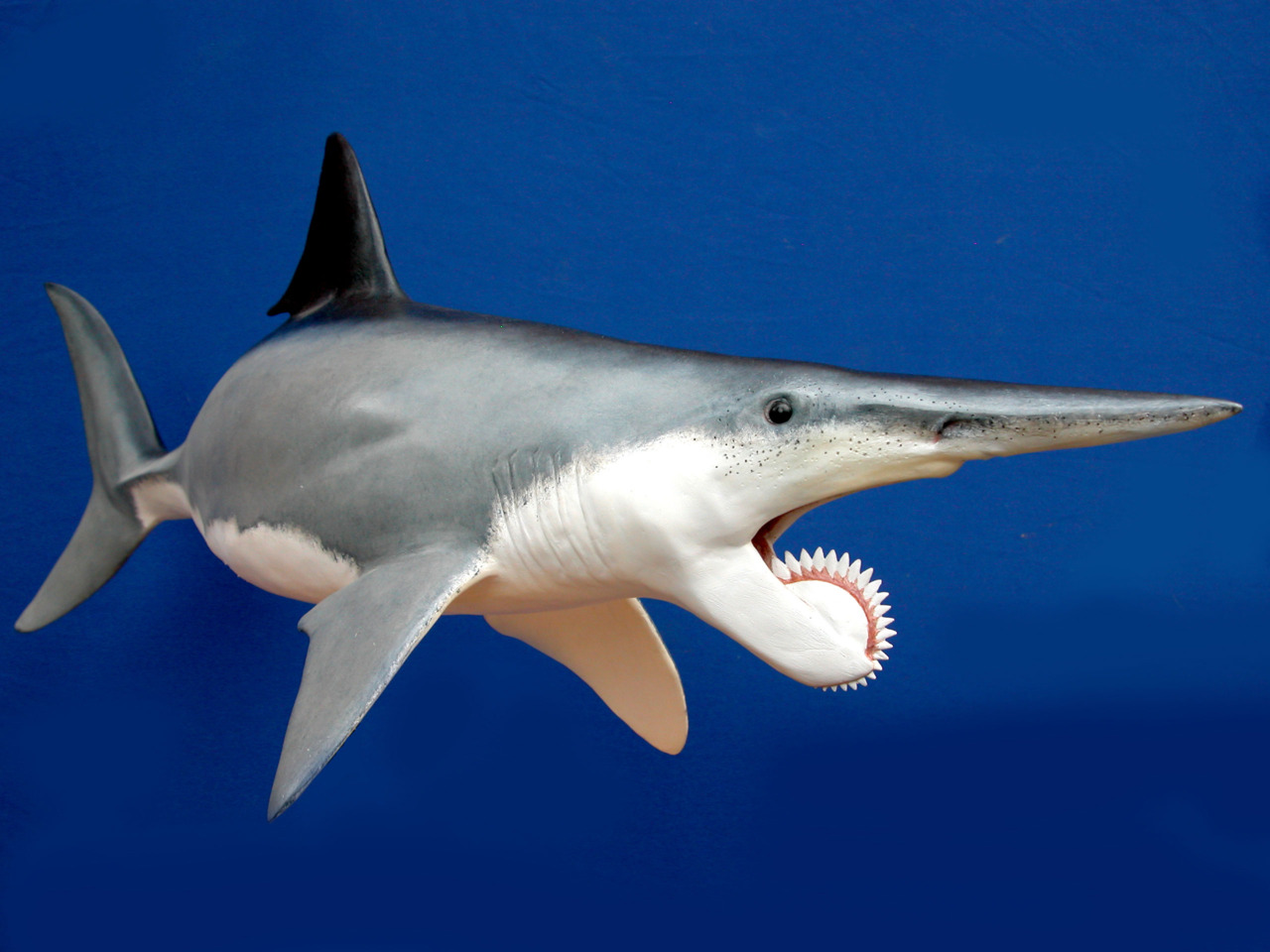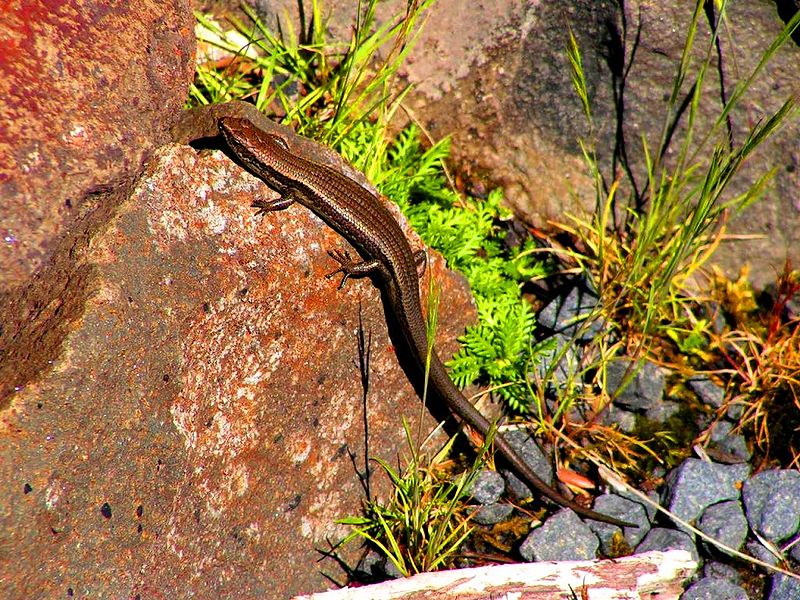
As the mercury on the thermometer continues to rise, I thought it would be refreshing to head somewhere a little cooler. Therefore, we are all heading to Tasmania, you know that cool little place near Australia where the infamous Tasmanian Devil comes from. What do you mean, this isn’t the first place you think of as a cold destination? I think you might be surprised to see how chilly it gets on this beautiful island – it is currently 10 degrees Celsius in Hobart. It will get even colder where our featured animal, the Northern Snow Skink, lives.
A Warm Hearted Animal
Yes, the Northern Snow Skink is an alpine animal, meaning they can be found high up in the mountains. Here they enjoy basking and foraging along the steep rock faces and every now and again, these little reptiles will take refuge in the cold mountain stream. I have personally stood in a mountain stream and there is no way I could stay in this freezing cold habitat without any protection, so how does this cold-blooded creature manage to do this? Well, these creatures have evolved a strategy that allows them to substantially raise their internal body temperature. In fact, it is not uncommon for the body temperature of a Northern Snow Skink to be as much as 14 degrees higher than the air temperature. This incredible behaviour (for a reptile) is one of the main reasons this cold blooded animal is capable of surviving high in the mountains.
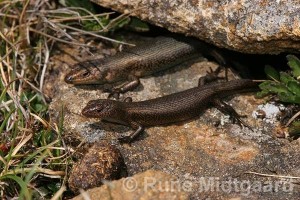
Climate Shock
The Northern Snow Skink has plenty of time to think of new strategies for keeping warm as these particular reptiles only give birth every two years. Typically, this skink will store her eggs over the winter months until the climate begins to warm. Once spring/summer rolls around the female will fertilize the eggs and before giving birth to as many as 4 live young. I know the mother is nice enough to wait until summer to give birth but the cool alpine air still has to be a shock for the babies…and they don’t have much time to adjust before the mercury begins dipping again. Living in cold mountains doesn’t sound like the best lifestyle but it definitely works for the Northern Snow Skink.

